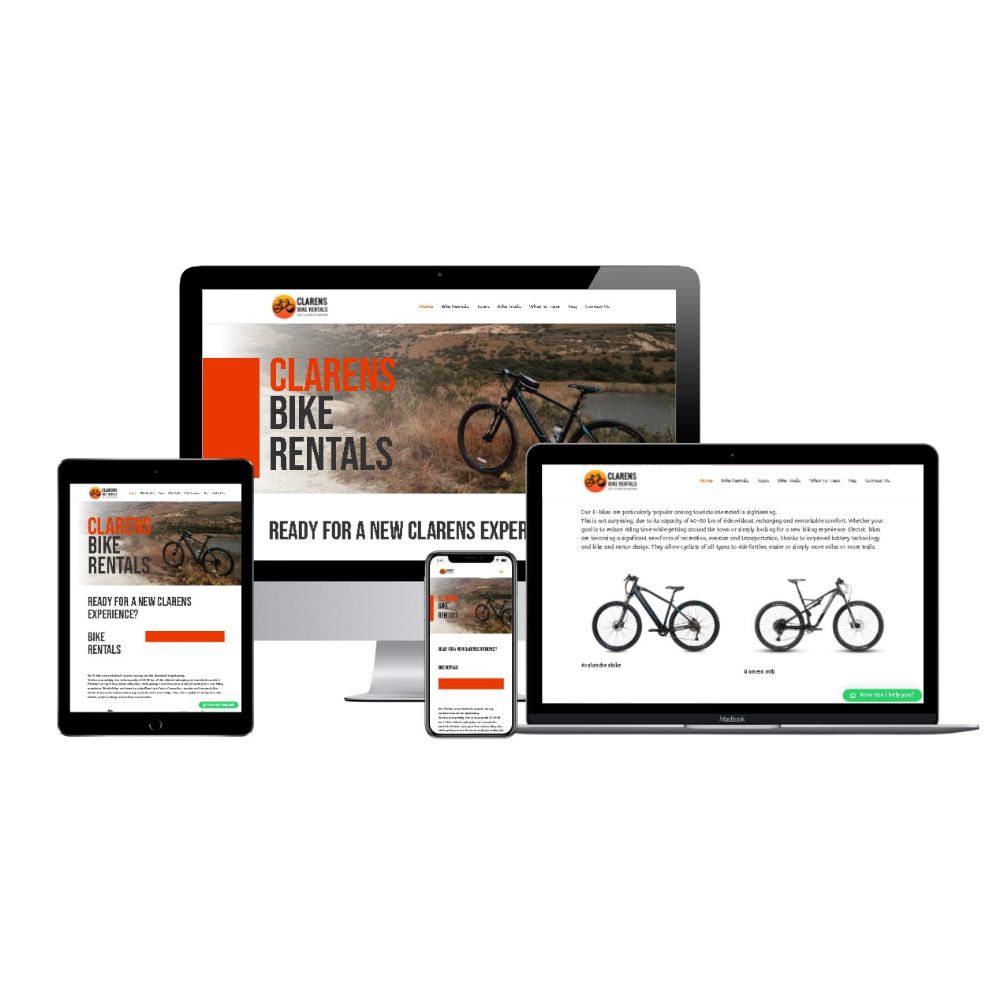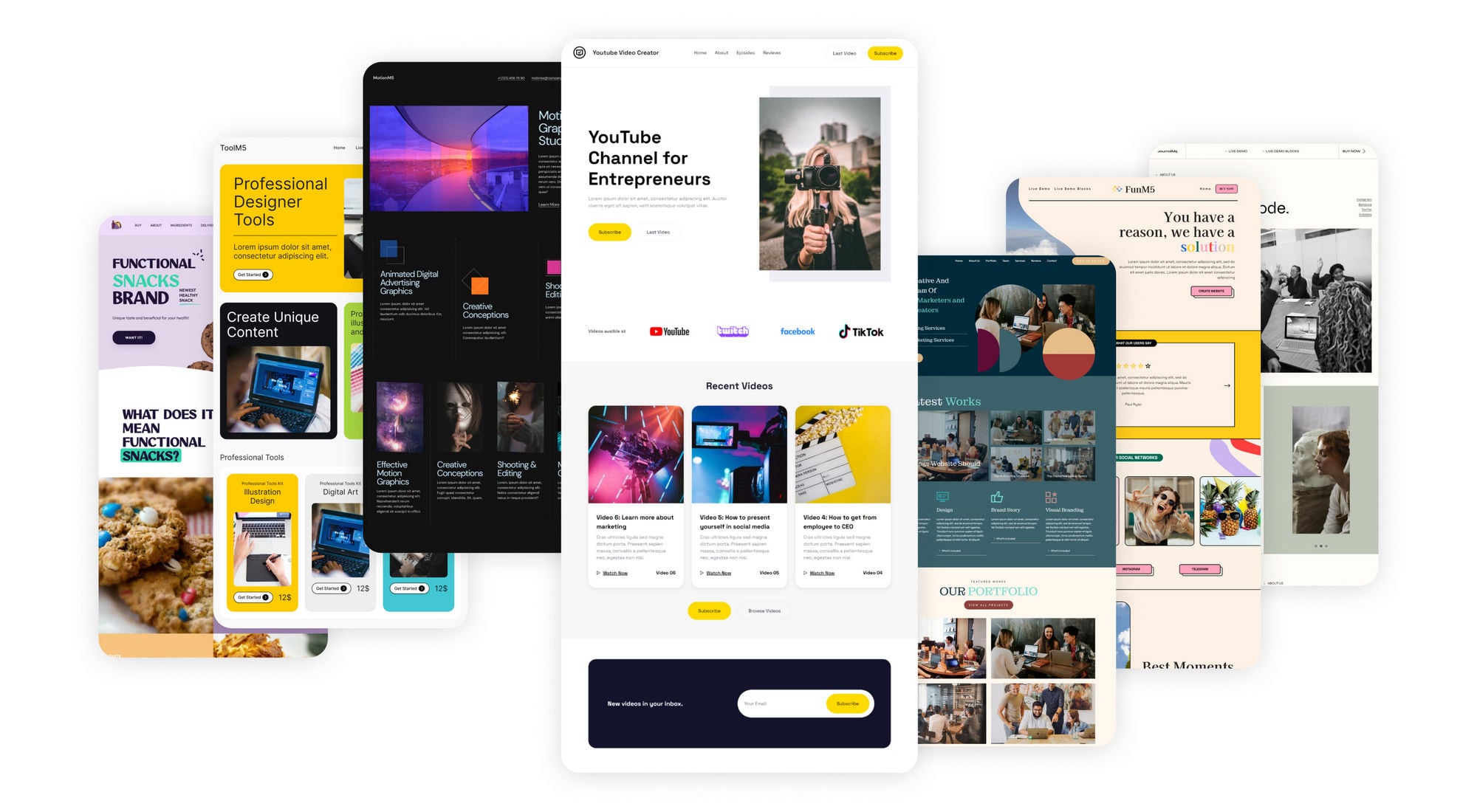How to Select the Right Color Scheme for Your Website Design
Crafting a User-Friendly Experience: Vital Aspects of Reliable Internet Site Style
In the realm of internet site style, the significance of crafting an user-friendly experience can not be overemphasized. Necessary aspects such as a clear navigating structure, responsive style principles, and quick filling times offer as the foundation for involving customers effectively. In addition, an intuitive customer interface paired with easily accessible material standards makes sure that all people, no matter ability, can navigate easily. Yet, in spite of these essential concepts, several internet sites still falter in supplying this smooth experience. Comprehending the hidden variables that add to effective style can clarify just how to improve user contentment and involvement.
Clear Navigating Structure
A clear navigating structure is basic to effective internet site design, as it straight affects customer experience and engagement. Users should be able to locate information effortlessly, as intuitive navigating reduces irritation and motivates exploration. A well-organized design permits visitors to recognize the connection between different pages and web content, causing longer website sees and raised communication.
To accomplish clarity, designers should use acquainted patterns, such as side or top navigation bars, dropdown menus, and breadcrumb tracks. These components not just improve use yet also give a sense of positioning within the site. Furthermore, maintaining a consistent navigating framework throughout all web pages is critical; this experience helps individuals anticipate where to locate desired details.
In addition, including search performance can further aid individuals in locating certain material rapidly. In recap, a clear navigating structure is not just a style choice; it is a critical element that considerably impacts the total success of a web site by fostering a enjoyable and reliable individual experience.
Responsive Design Concepts
Effective website navigating establishes the stage for a smooth individual experience, which comes to be much more essential in the context of receptive layout concepts. Receptive layout makes certain that sites adapt fluidly to numerous screen sizes and positionings, enhancing availability across gadgets. This flexibility is attained with adaptable grid designs, scalable photos, and media queries that permit CSS to readjust styles based upon the gadget's features.
Key concepts of responsive design include fluid layouts that make use of percentages as opposed to dealt with systems, ensuring that elements resize proportionately. Additionally, utilizing breakpoints in CSS enables the style to change efficiently between various device sizes, optimizing the design for every display kind. Making use of receptive images is likewise essential; pictures must immediately adapt to fit the screen without losing quality or triggering layout shifts.
In addition, touch-friendly user interfaces are crucial for mobile users, with properly sized buttons and intuitive motions enhancing user communication. By integrating these principles, developers can develop web sites that not just look cosmetically pleasing yet likewise supply appealing and functional experiences throughout all devices. Inevitably, reliable receptive layout fosters individual contentment, lowers bounce rates, and encourages much longer engagement with the material.
Fast Loading Times
While individuals progressively anticipate web sites to load quickly, quickly loading times are not just a matter of ease; they are necessary for retaining site visitors and enhancing overall individual experience. Research study suggests that users usually desert websites that take longer than three seconds to lots. This abandonment can result in increased bounce rates and reduced conversions, eventually damaging a brand's credibility and profits.
Fast packing times enhance user involvement and fulfillment, as site visitors are more likely to explore a website that reacts promptly Full Report to their interactions. Furthermore, internet search engine like Google focus on speed in their ranking formulas, meaning that a slow-moving website may struggle to accomplish exposure in search results.

Instinctive Individual User Interface
Fast loading times lay the groundwork for an appealing online experience, yet they are just part of the equation. An user-friendly individual interface (UI) is important to guarantee site visitors can browse a site easily. A properly designed UI allows customers to achieve their purposes with very little cognitive lots, cultivating a his response smooth interaction with the website.
Crucial element of an user-friendly UI consist of consistent design, clear navigation, and identifiable symbols. Uniformity in layout components-- such as color design, typography, and button styles-- assists customers recognize just how to connect with the web site. Clear navigating frameworks, including sensible menus and breadcrumb trails, enable users to find details quickly, lowering frustration and boosting retention.
In addition, comments mechanisms, such as hover results and filling signs, notify individuals concerning their activities and the site's feedback. This transparency cultivates depend on and motivates ongoing interaction. In addition, focusing on mobile responsiveness makes certain that individuals enjoy a cohesive experience across gadgets, providing to the varied methods target markets access web content.
Available Web Content Standards

First, utilize simple and clear language, avoiding jargon that may confuse visitors. Highlight proper heading frameworks, which not just help in navigation yet additionally assist screen visitors in analyzing material power structures properly. Additionally, supply alternative message for photos to communicate their significance to customers who rely upon assistive modern technologies.
Contrast is one more important element; make sure that message stands apart against the history to improve readability. Moreover, guarantee that video and audio content includes transcripts and captions, making multimedia available to those with hearing disabilities.
Finally, include key-board navigability into your design, allowing users who can not make use of a mouse to accessibility all website attributes (website design). By adhering to these easily accessible web content guidelines, internet developers can develop inclusive experiences that deal with the requirements of all users, inevitably boosting customer involvement and satisfaction
Verdict
To conclude, the integration of vital components such as a clear navigation framework, receptive style principles, quick loading times, an intuitive individual interface, and easily accessible web content standards is essential for creating an easy to use internet site experience. These elements jointly improve functionality and interaction, making certain that customers can easily browse and interact with the website. Prioritizing these design aspects not just boosts overall fulfillment however also promotes inclusivity, suiting diverse customer needs and preferences in the electronic landscape.
A clear navigation framework is basic to effective website style, as it directly influences user experience and interaction. In recap, a clear navigation structure is not just a layout option; it is a strategic component that dramatically impacts the overall success of a site by promoting a delightful and reliable customer experience.
In addition, touch-friendly interfaces are essential for mobile redirected here customers, with appropriately sized buttons and intuitive motions improving user interaction.While individuals increasingly expect sites to fill rapidly, quickly filling times are not just a matter of ease; they are important for retaining site visitors and improving overall customer experience. website design.In final thought, the assimilation of crucial aspects such as a clear navigating structure, receptive design principles, quickly packing times, an instinctive user interface, and available content standards is crucial for developing an easy to use web site experience